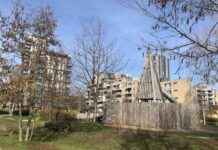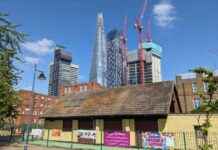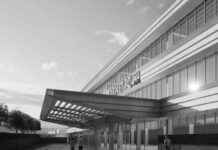Sadiq Khan’s new London Plan is in the works, and it is expected to bring significant changes to the city’s development landscape. The current plan has faced criticism for hindering housing construction, particularly on brownfield sites. However, with the new plan, Khan aims to address these issues and set a target of 81,000 new homes annually, focusing on getting more homes built in the city.
One of the key changes in the new plan is a more permissive approach to development on the Green Belt, acknowledging the shortage of brownfield land in the city. This reform will allow the construction of new homes on previously developed “grey belt” areas within the Green Belt and undeveloped land where boroughs are falling short in delivering homes.
To achieve the ambitious target of 81,000 new homes per year, speeding up development on brownfield sites will also be crucial. Khan has emphasized the importance of flexibility in addressing viability issues, especially for complex and costly brownfield sites. The plan will need to find a balance between promoting higher density development and ensuring affordable housing quotas are met, possibly requiring additional government funding.
Moreover, with the growing trend of hybrid working and the need for energy-efficient office spaces, the plan will also need to consider the future of central London offices. There are questions around retrofitting versus redeveloping office spaces, as well as the policy requiring the capital to meet all its housing needs within its boundaries.
Overall, Khan’s new London Plan is expected to bring significant changes to the city’s development policies. With a focus on increasing housing construction, addressing viability issues, and adapting to the changing work landscape, the plan aims to pave the way for a brighter future for London. All eyes are on the unveiling of the plan after Christmas to see the direction Khan will take in collaboration with the new government.





















